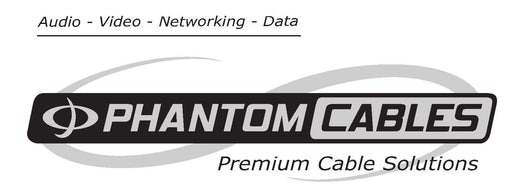CAT5E - CAT6 - CAT6A - CAT8
-
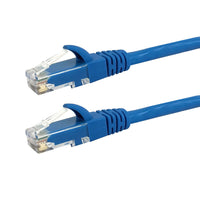 CAT5E Patch Cables
CAT5E Patch Cables
-
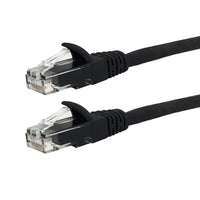 CAT6 Patch Cables
CAT6 Patch Cables
-
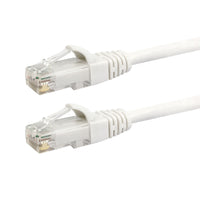 CAT6A Patch Cables
CAT6A Patch Cables
-
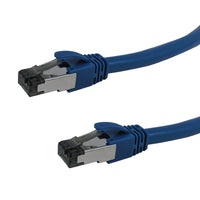 CAT8 Patch Cables
CAT8 Patch Cables
-
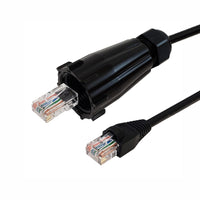 Outdoor/Industrial IP Rated Cables & Accessories
Outdoor/Industrial IP Rated Cables & Accessories
-
 etherCON® Pro AV Cables
etherCON® Pro AV Cables
-
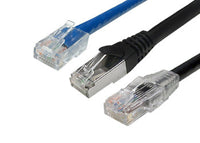 Custom Ethernet Cables
Custom Ethernet Cables
-
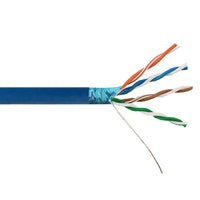 Category Bulk Cable
Category Bulk Cable
-
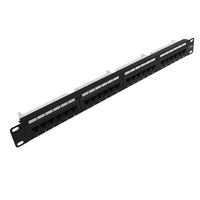 CAT5E Patch Panels
CAT5E Patch Panels
-
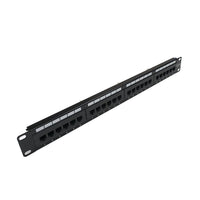 CAT6 Patch Panels
CAT6 Patch Panels
-
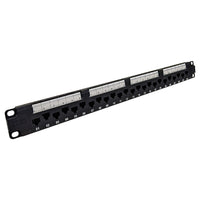 CAT6A Patch Panels
CAT6A Patch Panels
-
 RJ45 Connectors, Boots and Dust Caps
RJ45 Connectors, Boots and Dust Caps
-
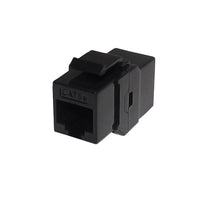 Wall Plate Jacks
Wall Plate Jacks
-
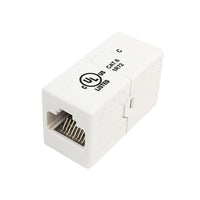 RJ45 Adapters & Couplers
RJ45 Adapters & Couplers
-
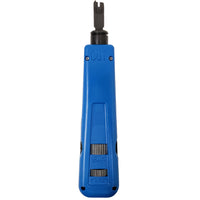 Tools & Testers
Tools & Testers
Molded Style Boot, No Boot, Regular Boot and Snagless Patch Cables
There are many different types of strain relief and anti-snag options for patch cables. Below is a quick description of each type:
 |
|
| Patch cable with a molded boot | Patch cable without a boot or molding |
 |
 |
| Patch cable with a regular boot | Patch cable with a snagless connector and boot |
Infinite Cables offers molded, pre-made patch cables in a variety of lengths and colors. We also custom manufacture any of the above styles. Please visit our links above.
Cat 3 or Category 3 Patch Cables
Cat 3 cables were the standard patch cable in the early 90's. Data could be transmitted at speeds up to 10Mbps. Today only 2 pair and 3 pair Cat 3 cabling is still used in the telecommunication industry but seldom used in the computer industry.
Cat 5 & Cat 5e (Category 5, Category 5 Enhanced) Patch Cables
The need for more bandwidth and faster networks forced a new standard in Category cabling in the late 90's. The Category 5 standard was ratified and the new cable standard became 100MHz at 100Mbps. Cat 5 was short lived once Category 5 Enhanced (or Cat 5e) came along. Cat 5e patch cables are tested up to 350MHz at 1 Gbps.
Cat 6 or Category 6 Patch Cables
The official standard for Cat 6 cabling is 200MHz (twice the bandwidth of Cat 5) but most manufacturers test their Cat 6 patch cables up to 550MHz at 1 Gbps. Cat 6 cabling was created to facilitate the future bandwidth requirements needed for streaming multimedia applications.
Cat 6 follows very strict rules in both the manufacturing process and in channel requirements. Wiring must maintain a tight pair twist as close to the connector/jack as possible. Category 6 channel requirements specify that every component in a Cat 6 network must meet minimum standards to ensure optimal performance. One method of differentiating a Cat 6 patch cable from Cat 5e patch cable is by simply looking the connector ends. See below:

Cat 6 Cat 5e
Some Cat 6 cables are constructed with a plastic spline separating the pairs for better performance. Other manufacturers have found different ways to achieve Cat 6 requirements, such as using tighter pair twists. Either way, the construction of the cable does not matter as long as Cat 6 standards are met.
568A vs 568B Colour code
There are two standards for ethernet wiring, 568A & 568B. The only difference between the two are the colour assignments of certain pairs. Please see illustration below.

New cable installations are supposed to follow the 568A colour code. Cables manufactured specifically for the Canadian market typically follow the 568A standard. Cables found in the United States typically follow the 568B colour code, largely because AT&T uses 568B as a standard. Both 568A and 568B are functionally identical and can be used simultaneously in the same network.
Infinite Cables sells both 568A and 568B patch cables, but typically sells 568B cables unless otherwise specified.
Shielded Cable Acronyms Explained
|
Examples of common industry abbreviations |
|||
|
Industry acronyms |
ISO/IEC 11801 name |
Cable screening |
Pair shielding |
|
UTP |
U/UTP |
none |
none |
|
STP, ScTP, PiMF |
U/FTP |
none |
foil |
|
FTP, STP, ScTP |
F/UTP |
foil |
none |
|
STP, ScTP |
S/UTP |
braiding |
none |
|
S-FTP, SFTP, STP |
SF/UTP |
foil, braiding |
none |
|
FFTP |
F/FTP |
foil |
foil |
|
SSTP, SFTP, STP PiMF |
S/FTP |
braiding |
foil |
The code before the slash designates the shielding for the cable itself, while the code after the slash determines the shielding for the individual pairs:
- TP = twisted pair
- TQ = twisted pair, individual shielding in quads
- U = unshielded
- F = foil shielding
- S = braided shielding (outer layer only)
More information on twisted pair cabling can be found here
